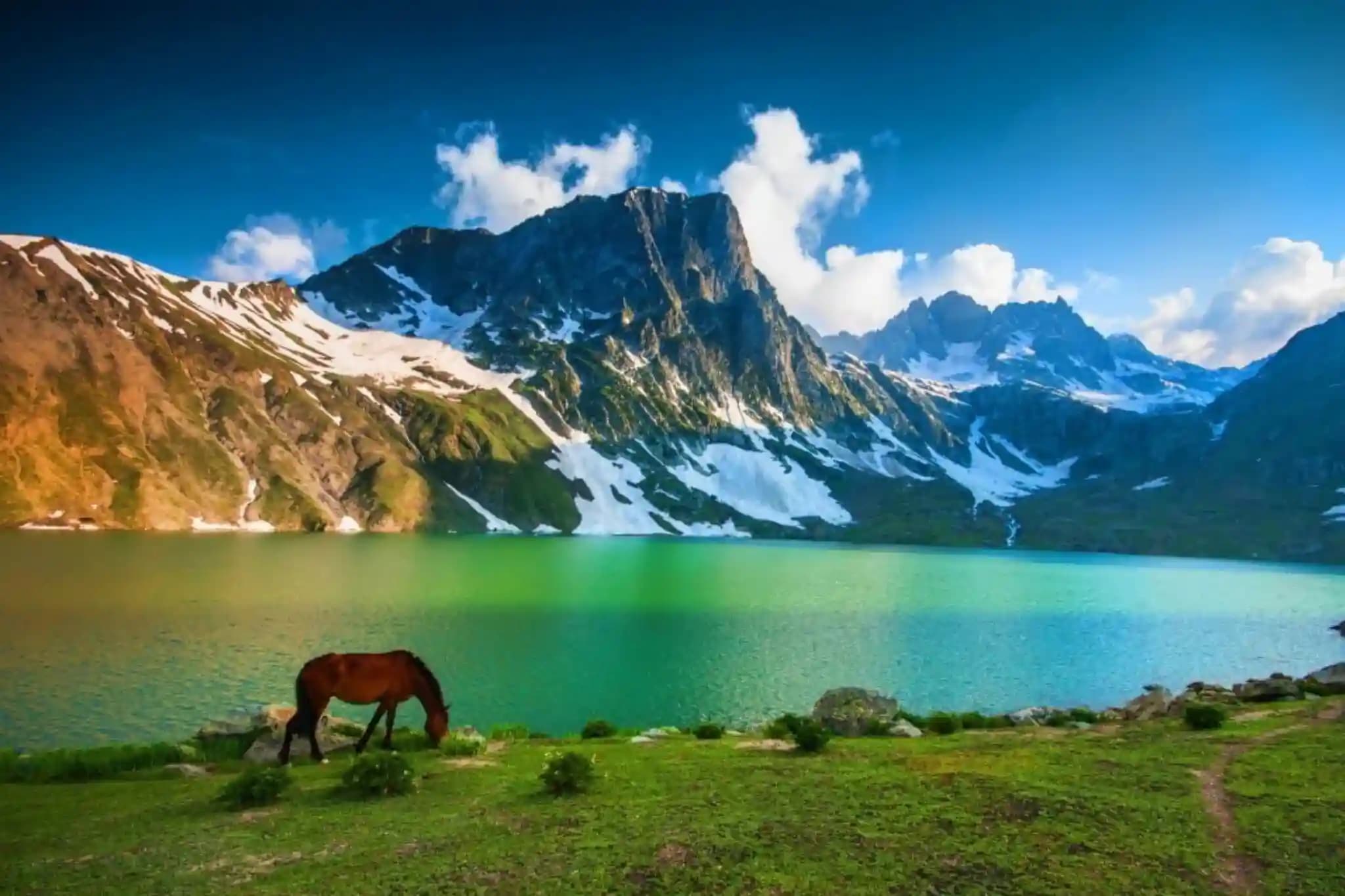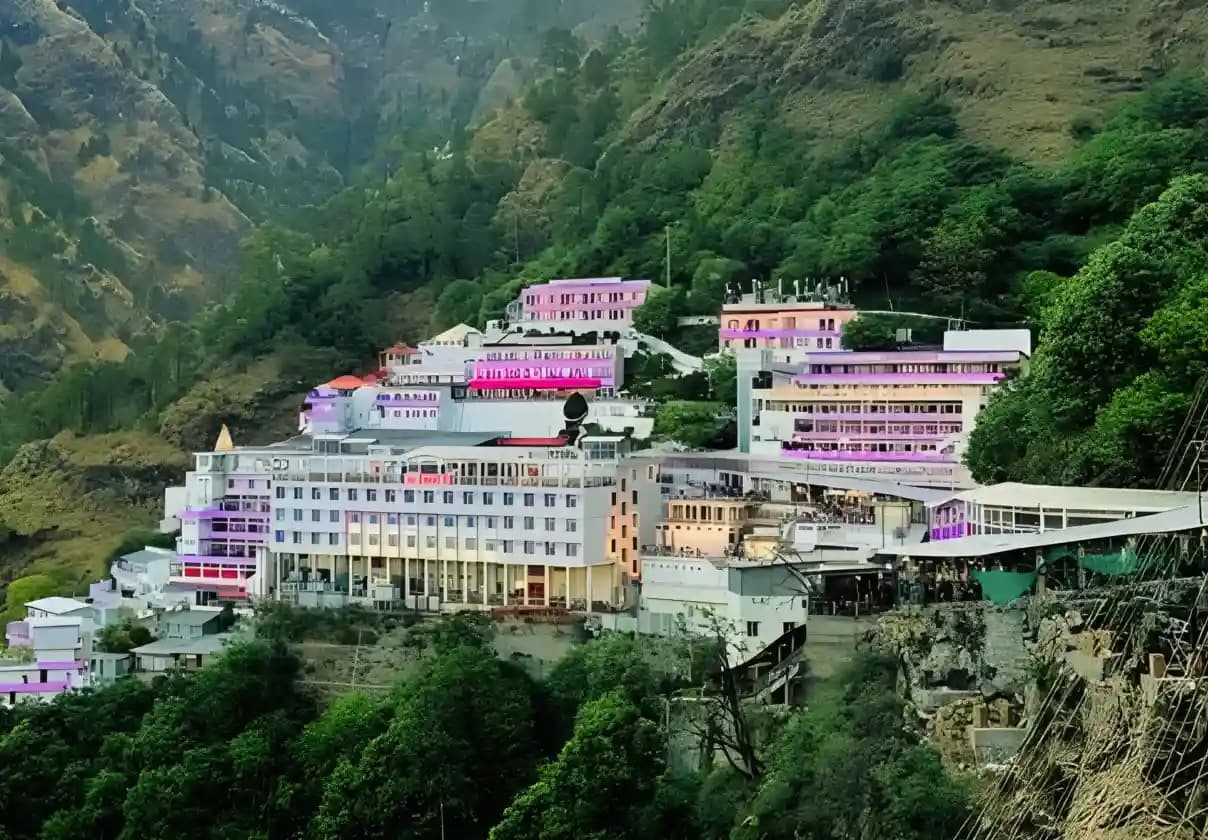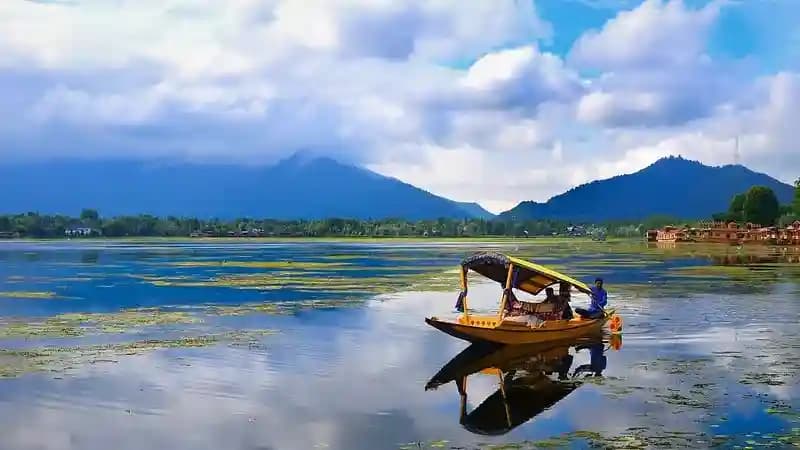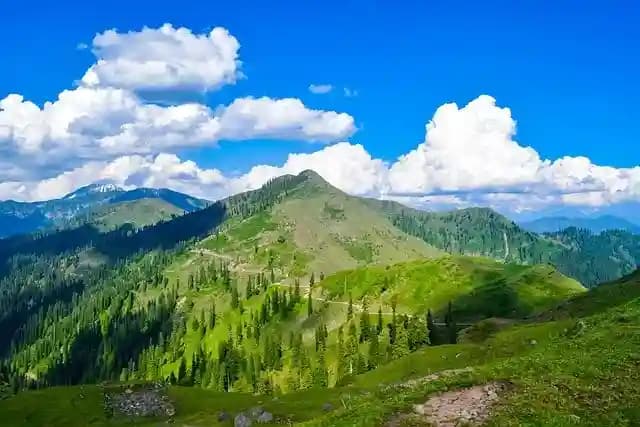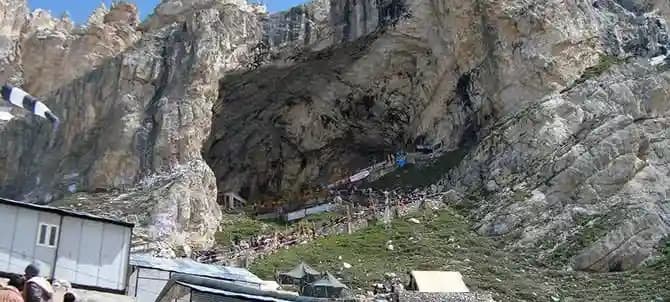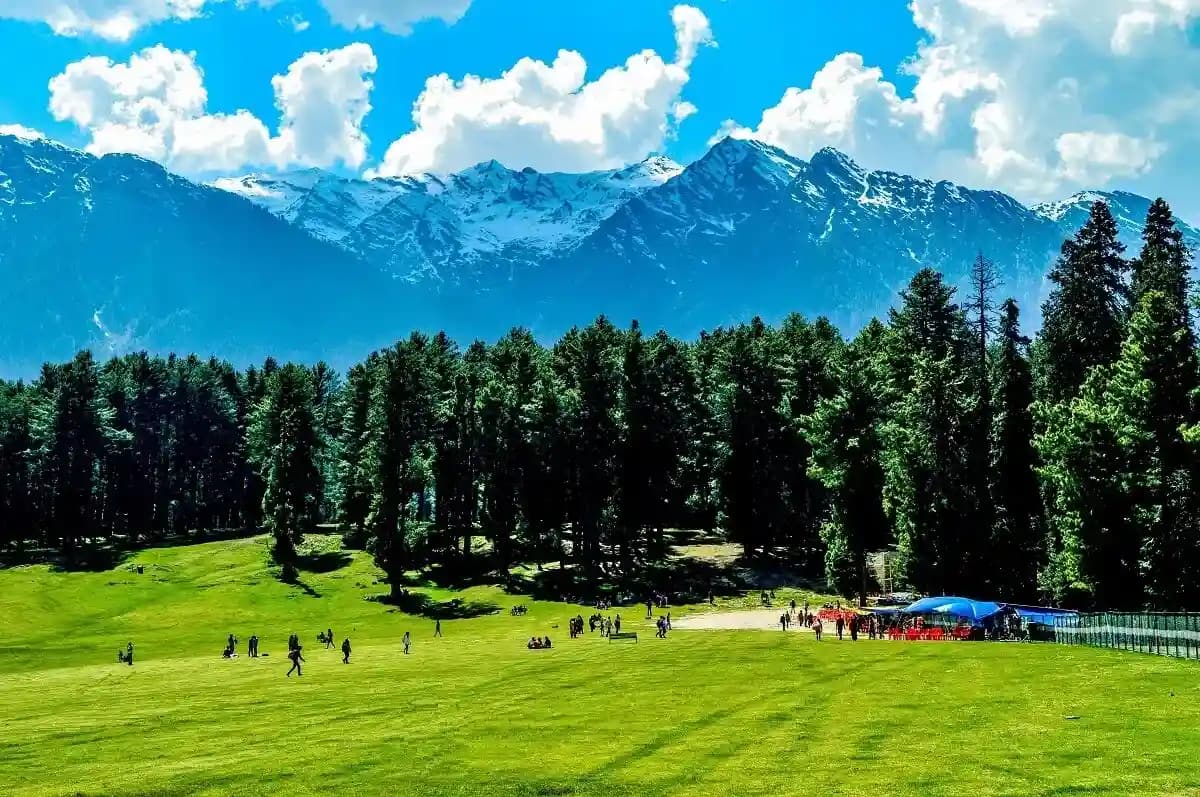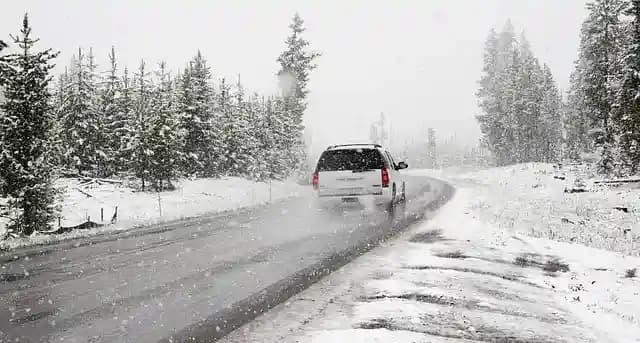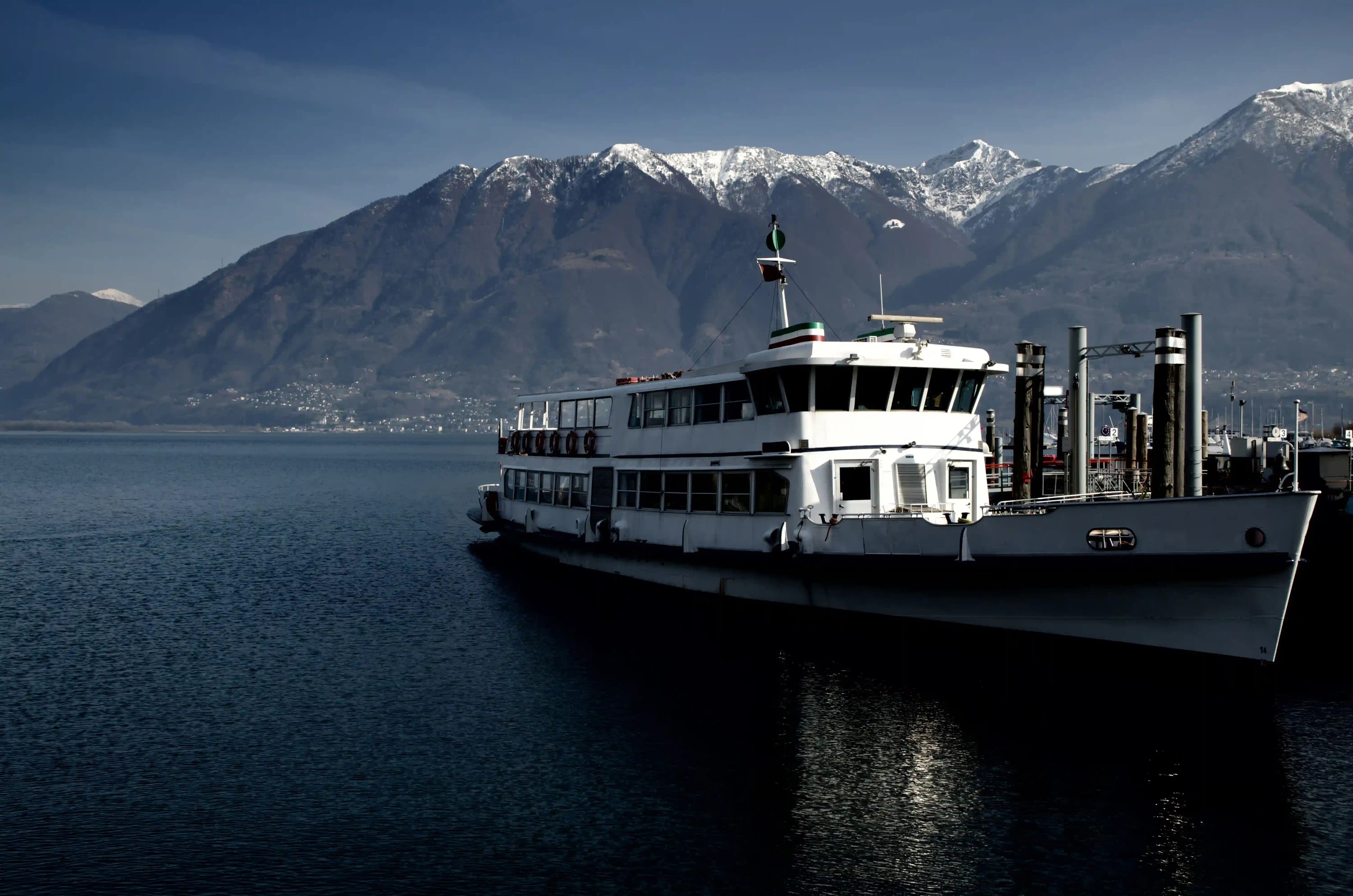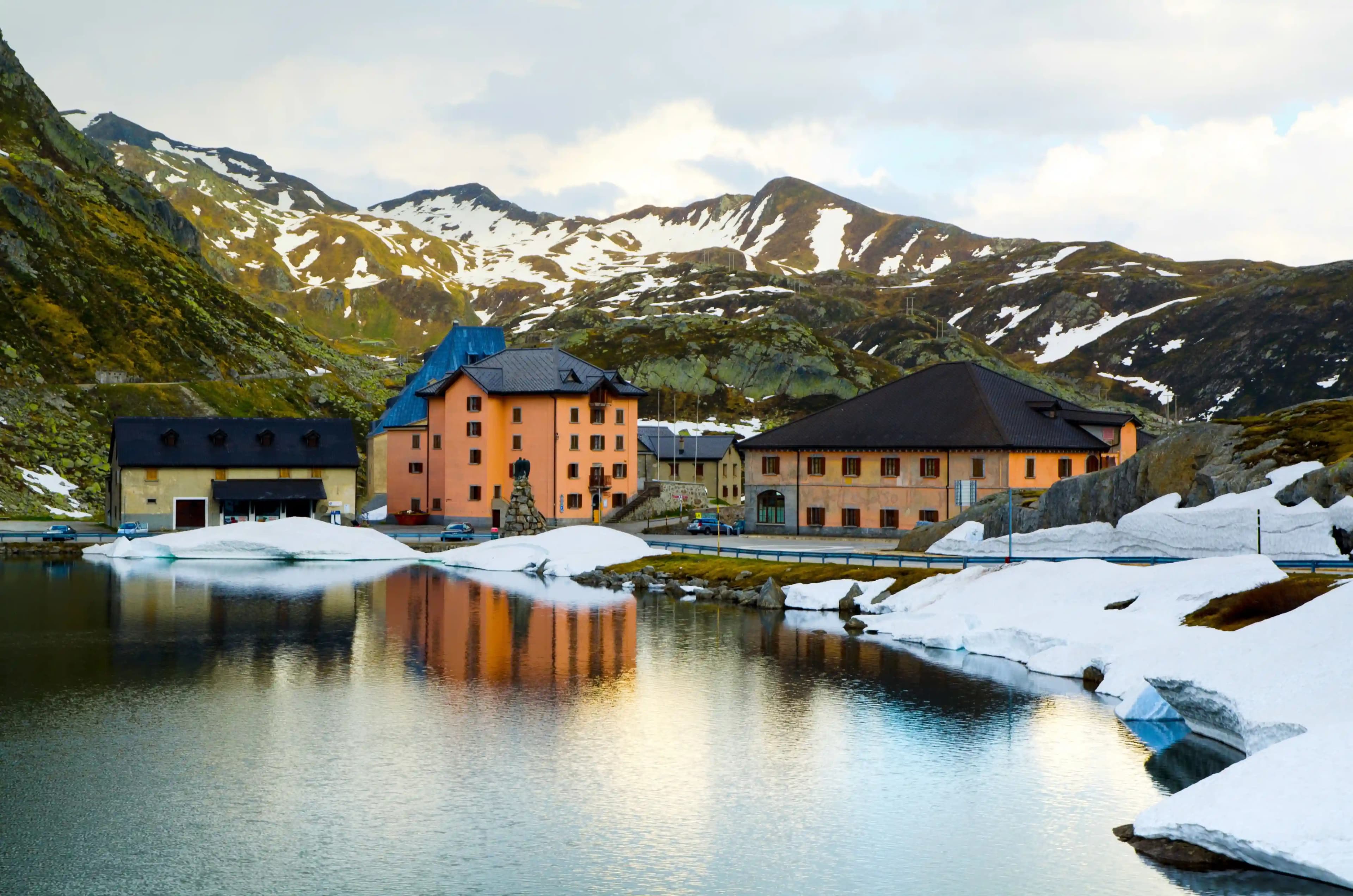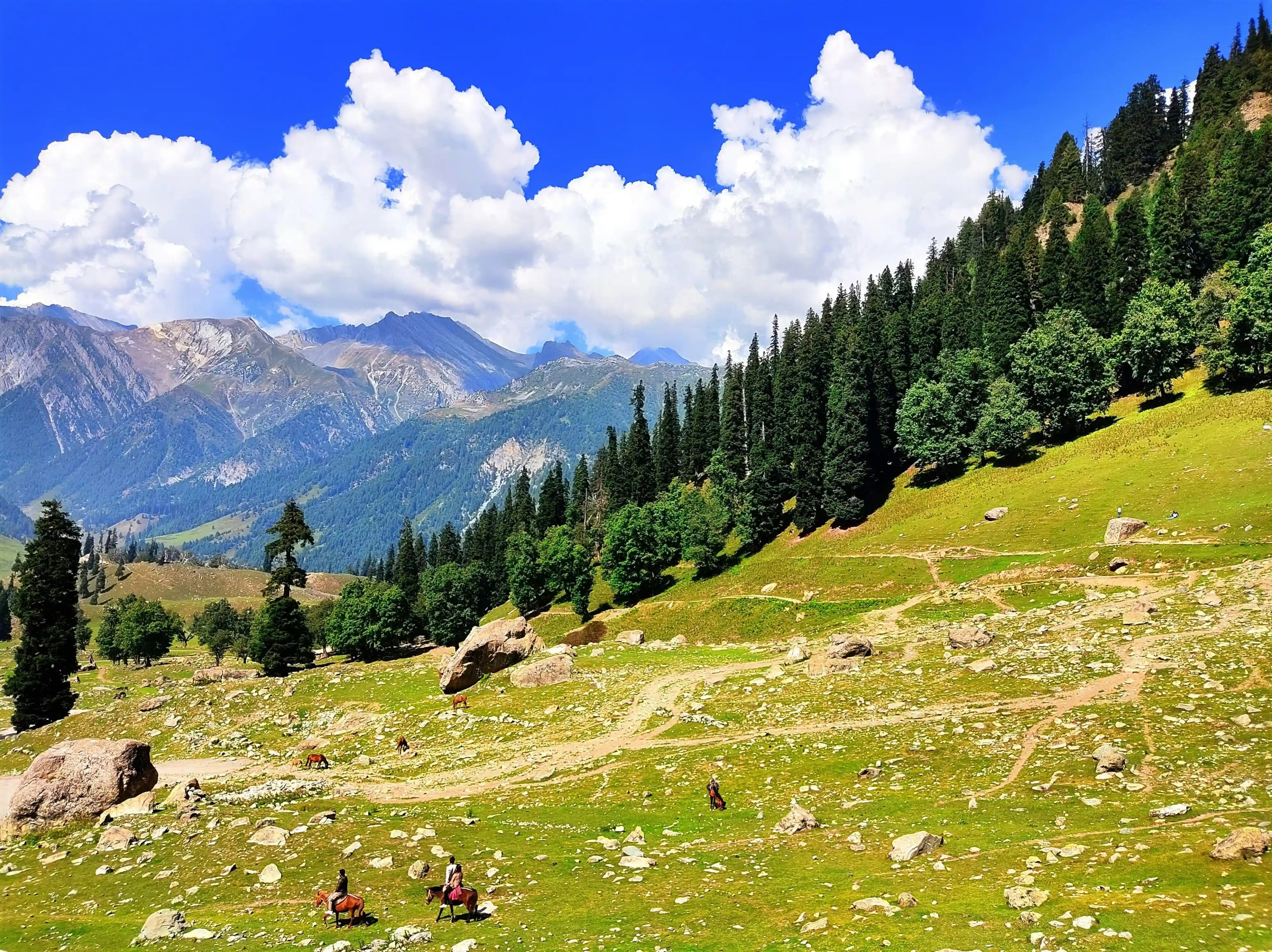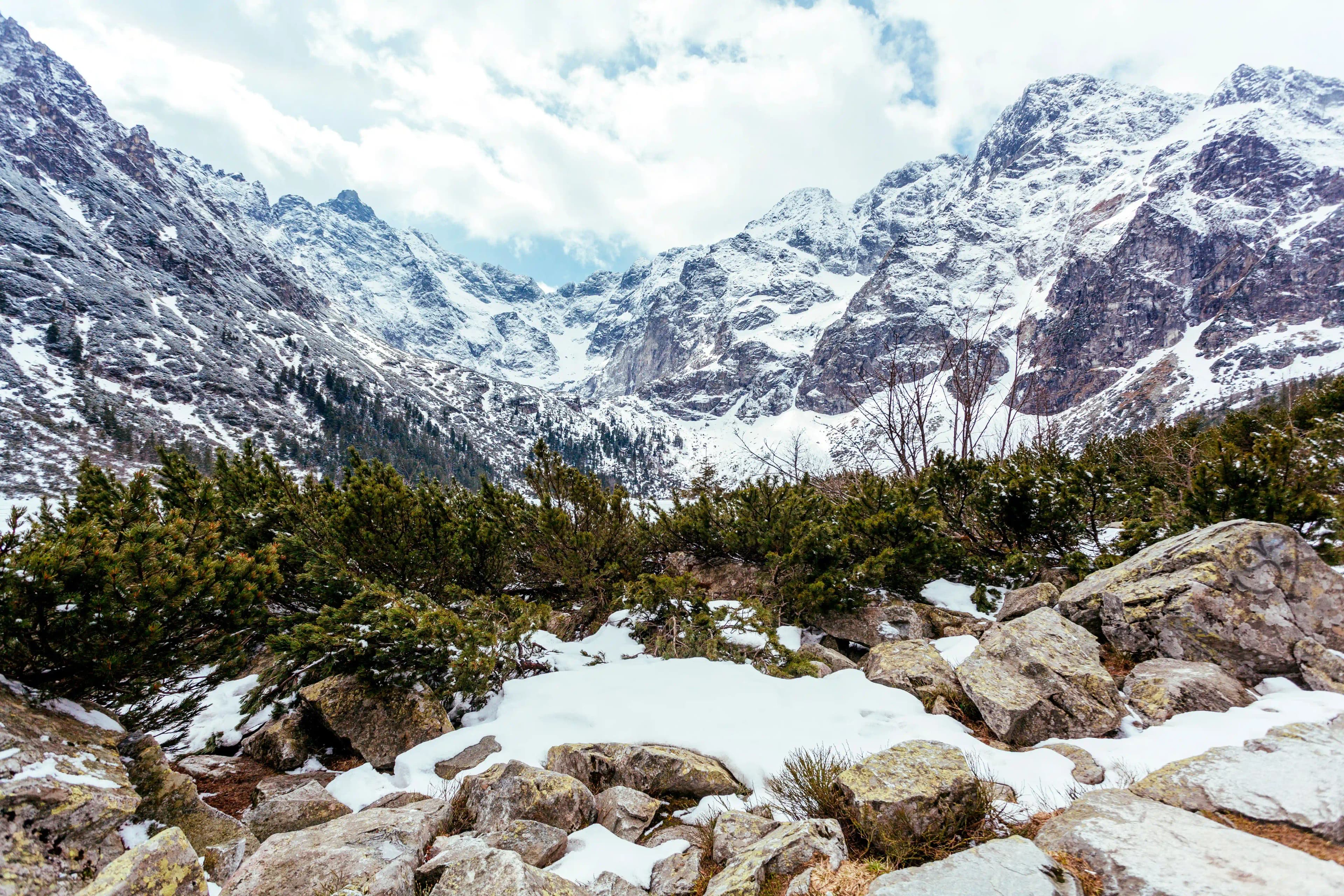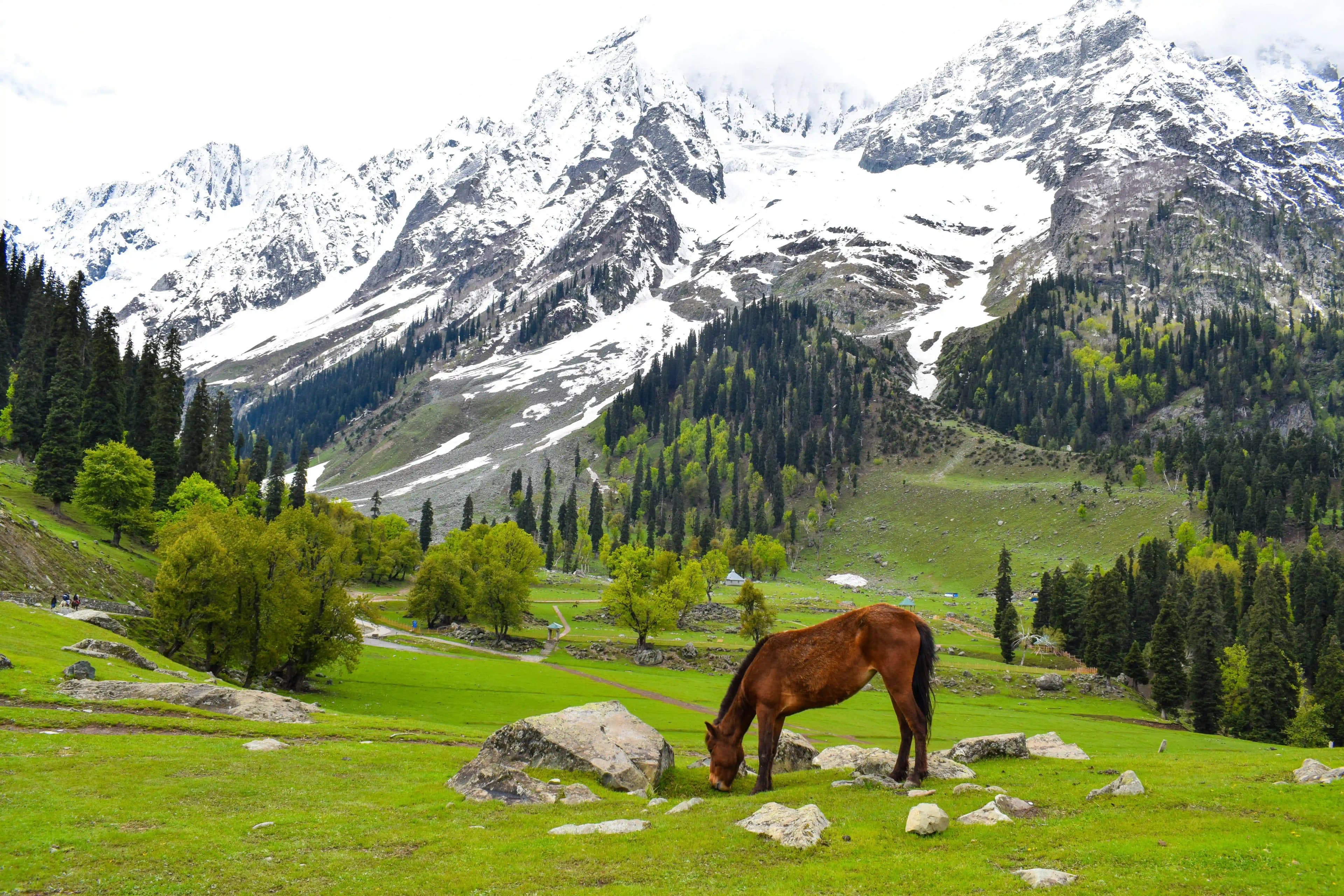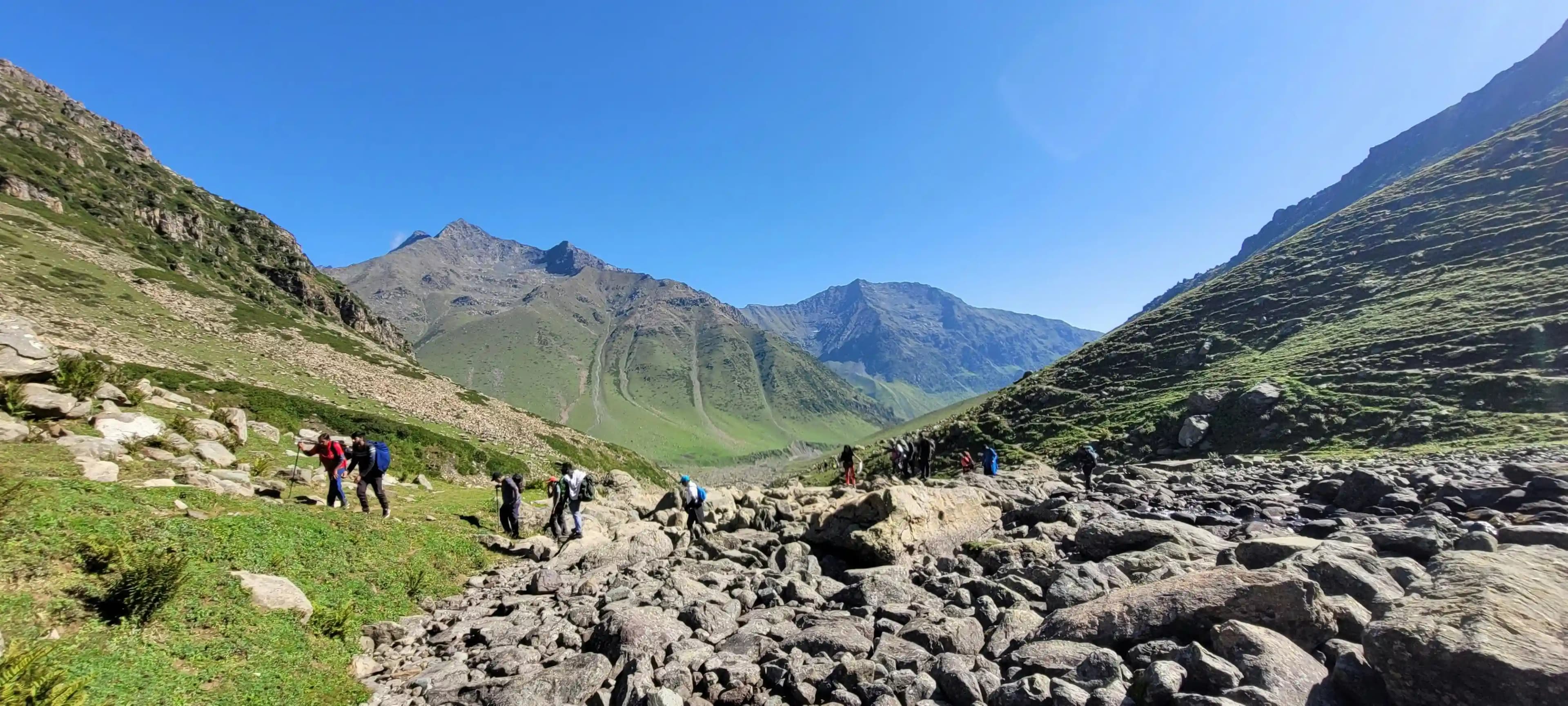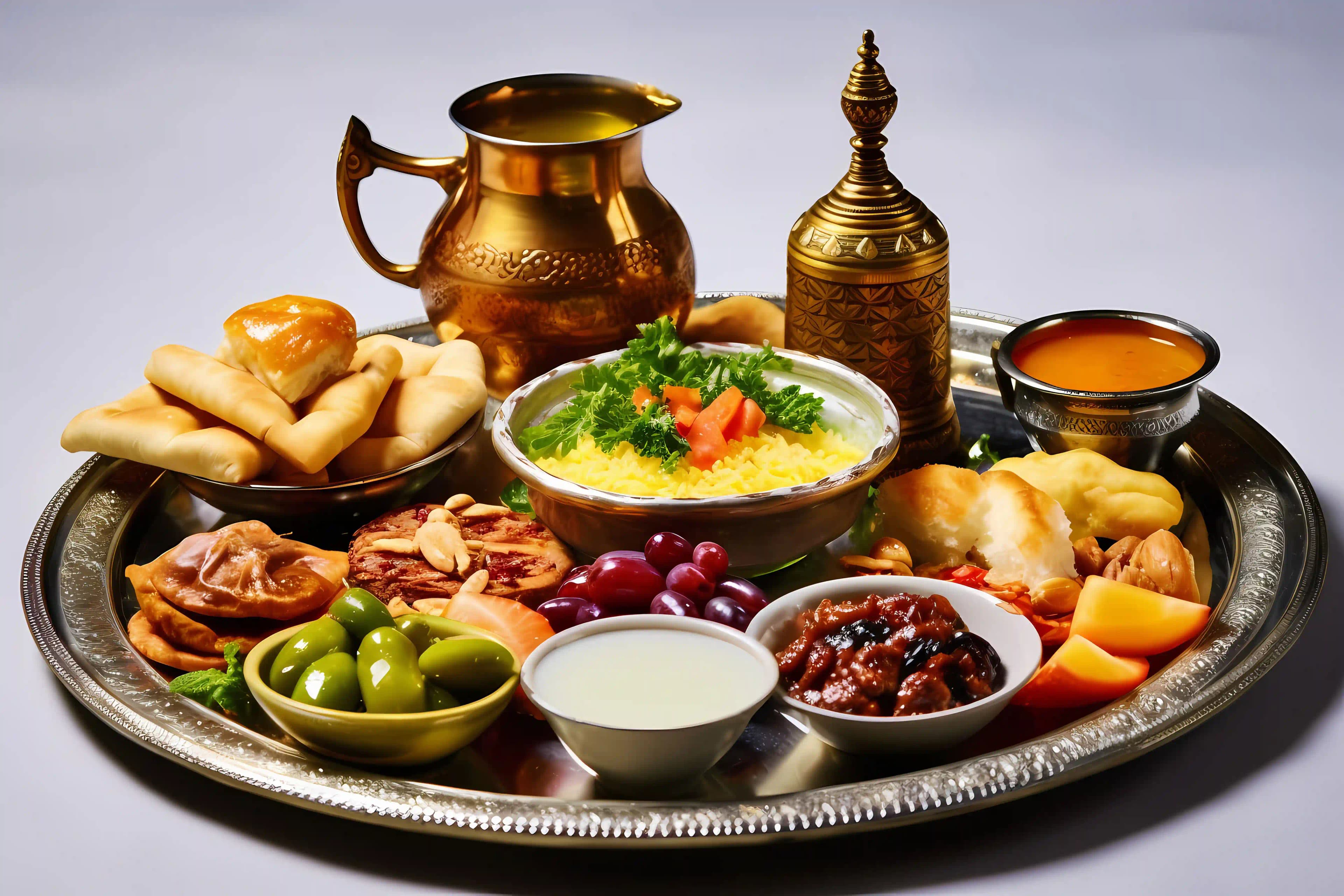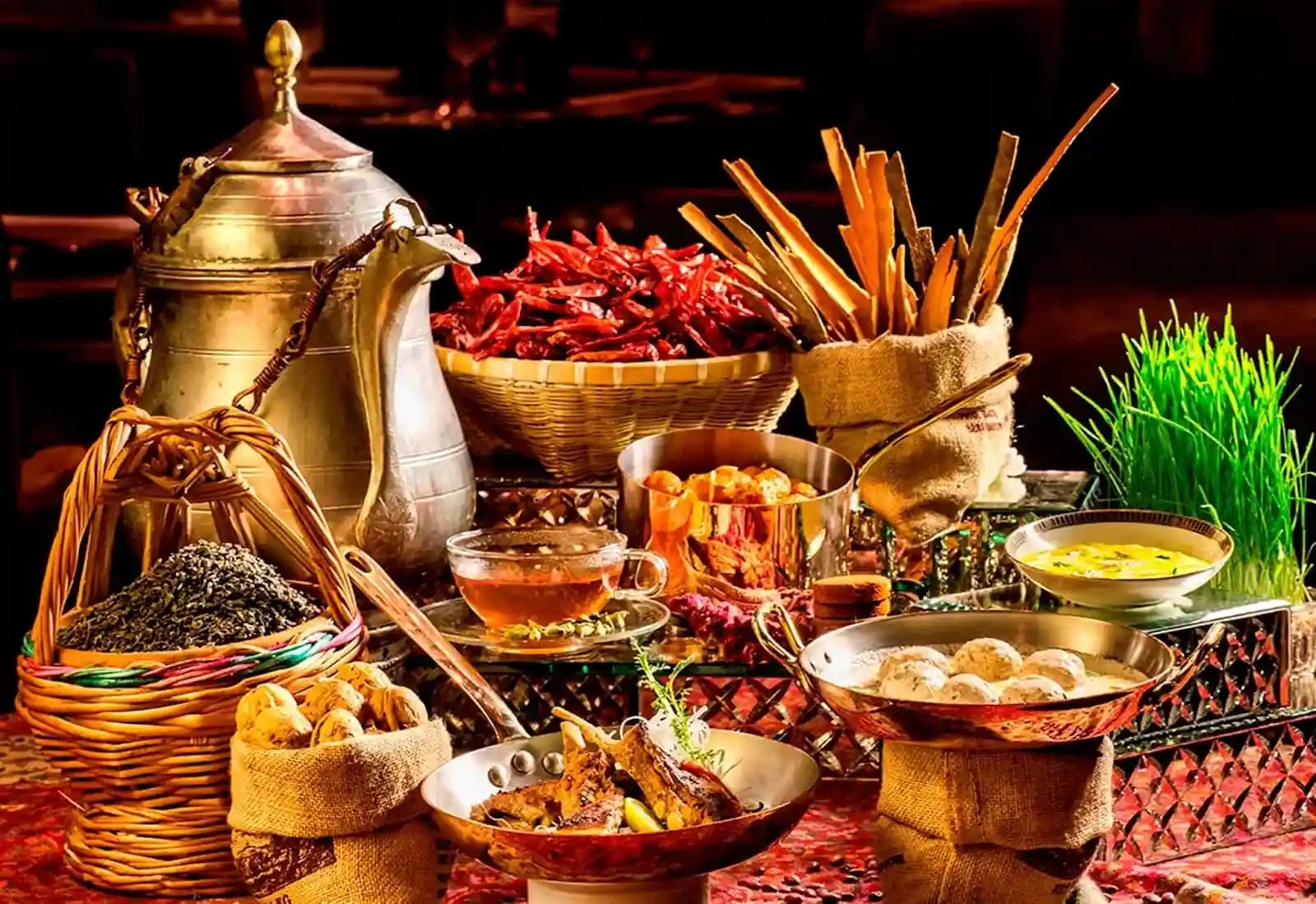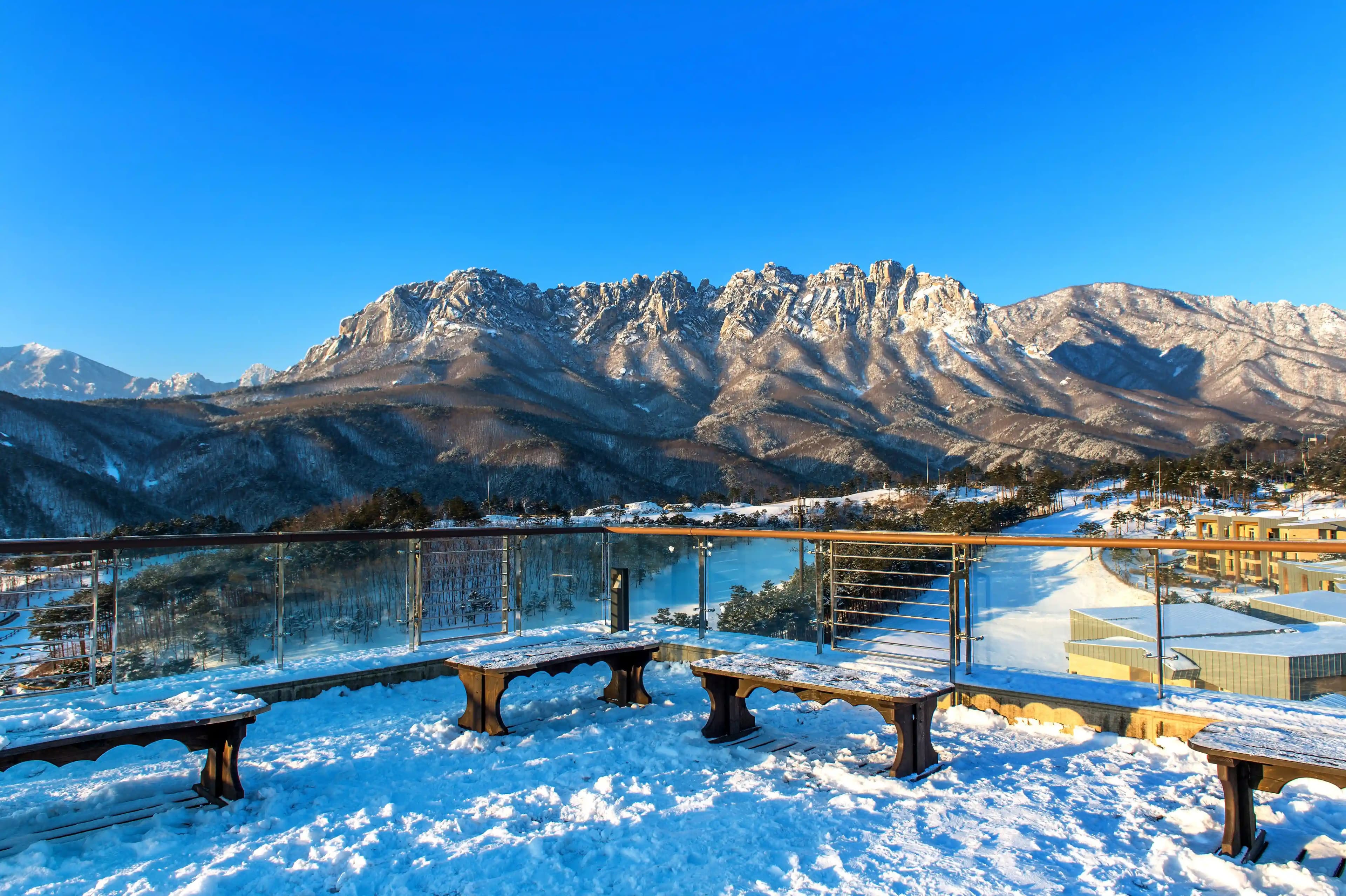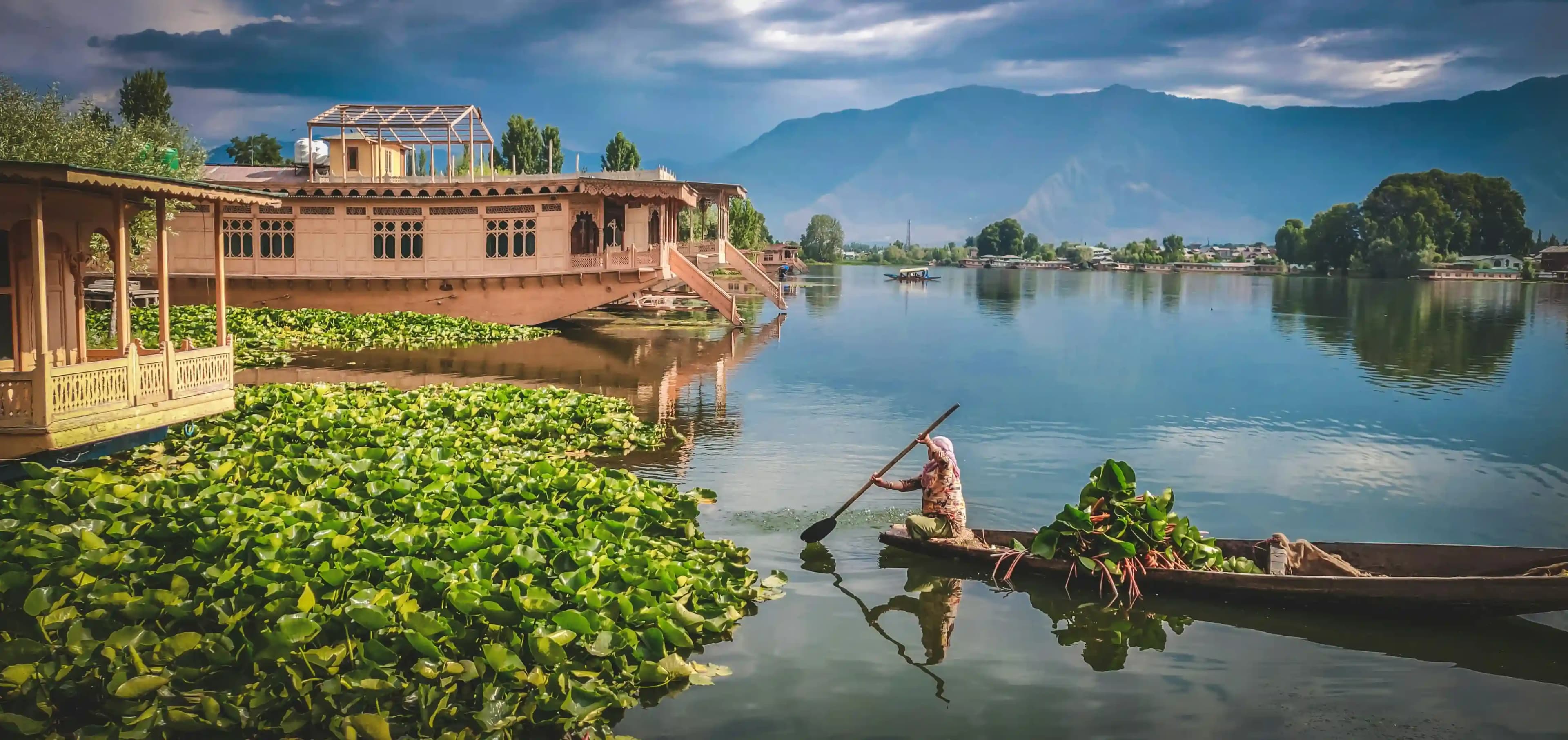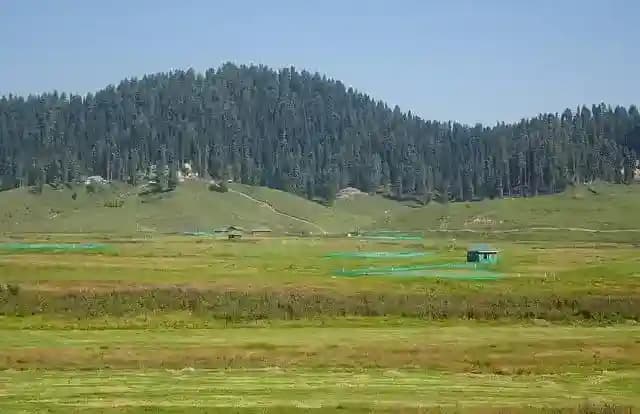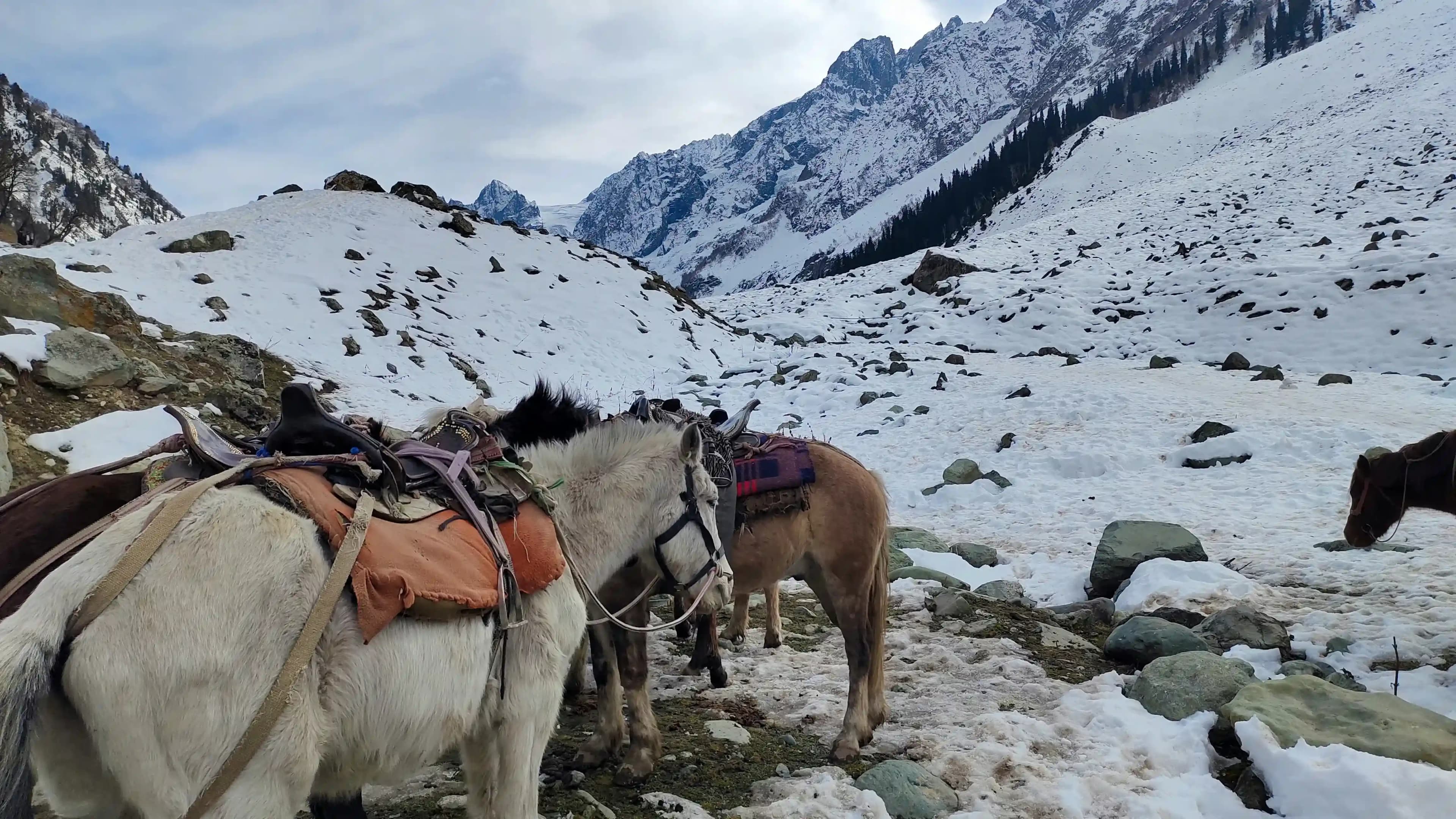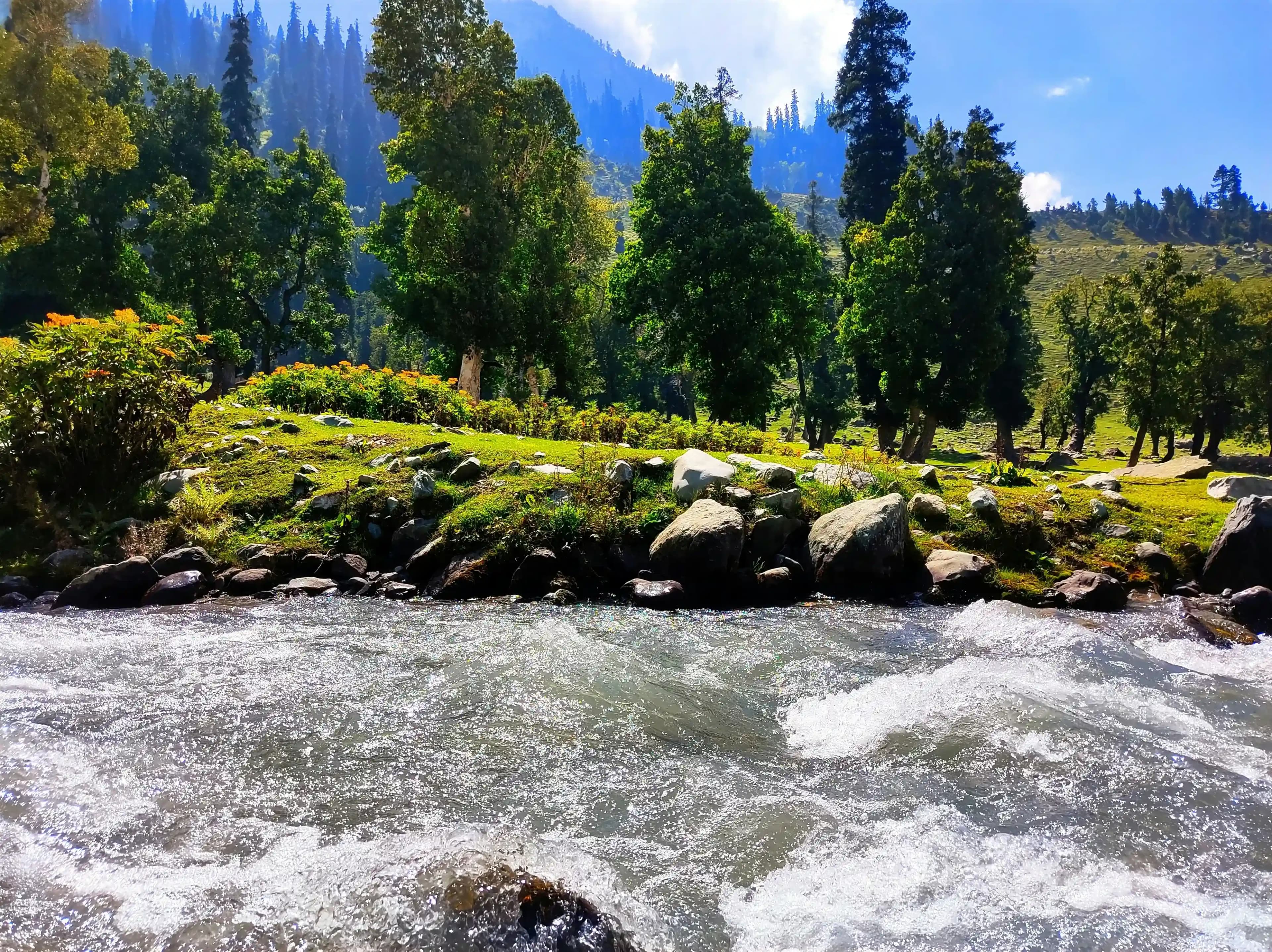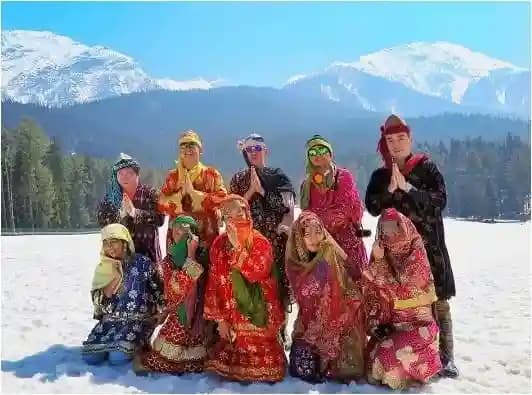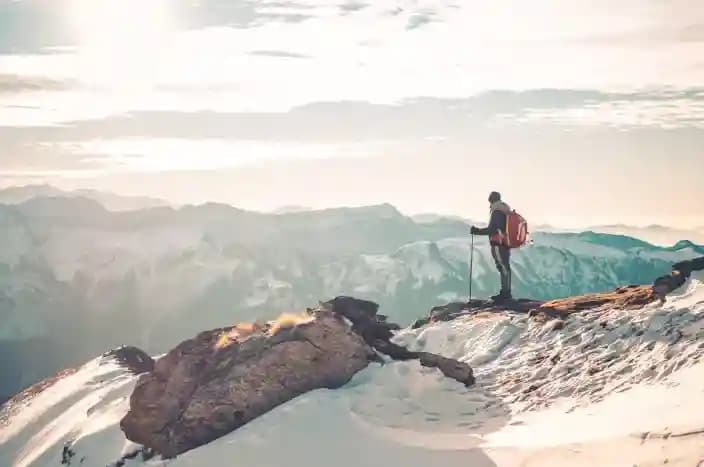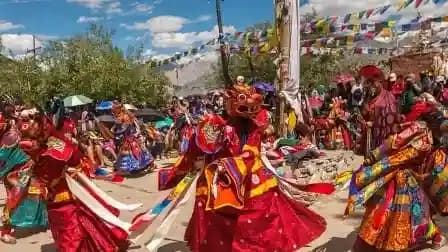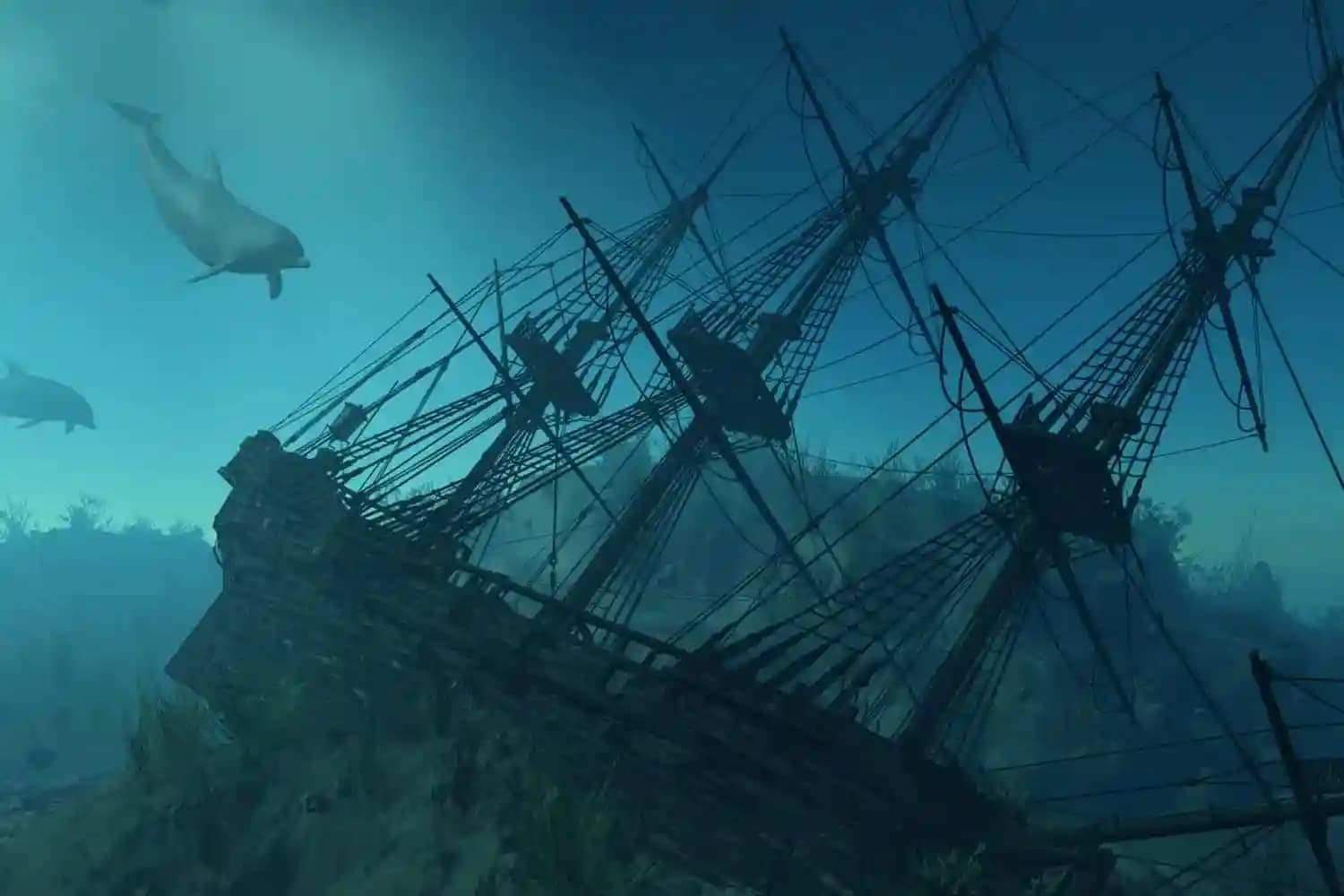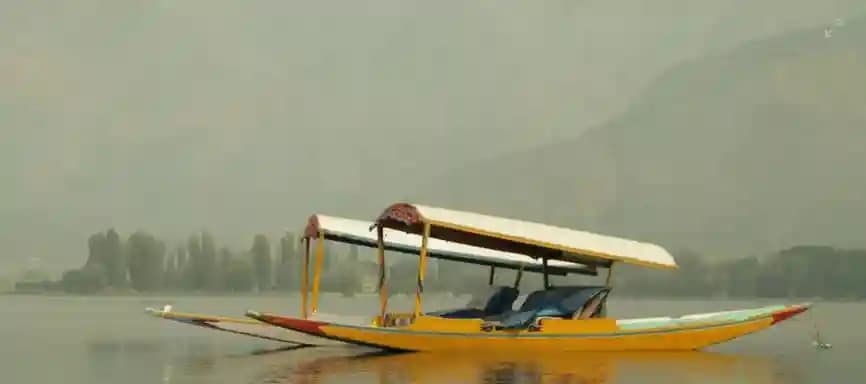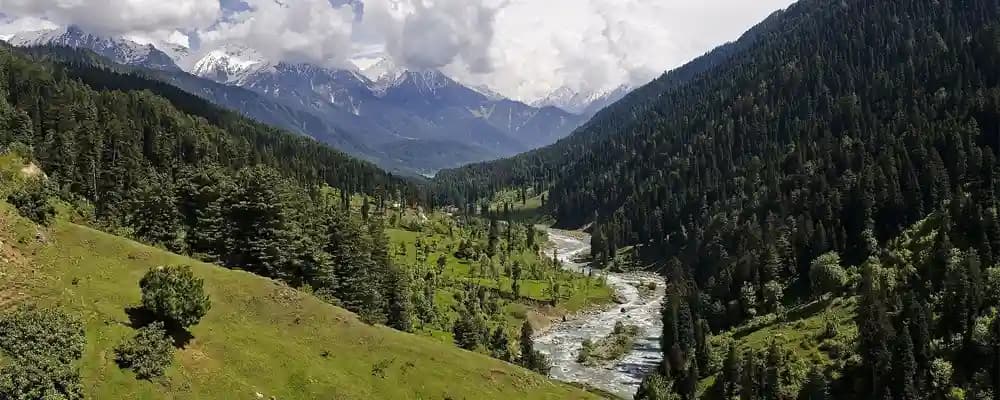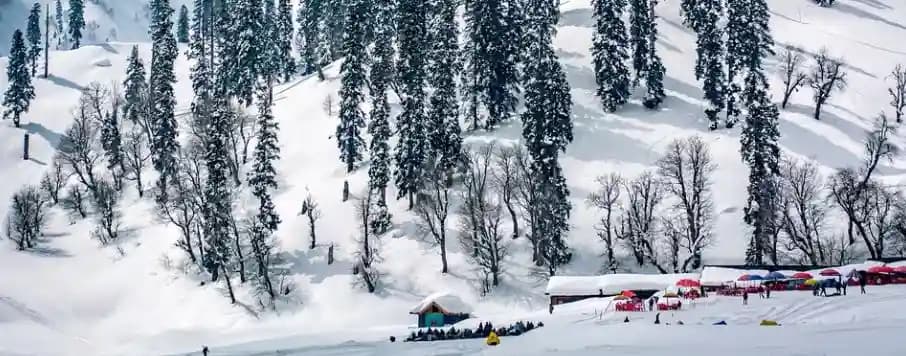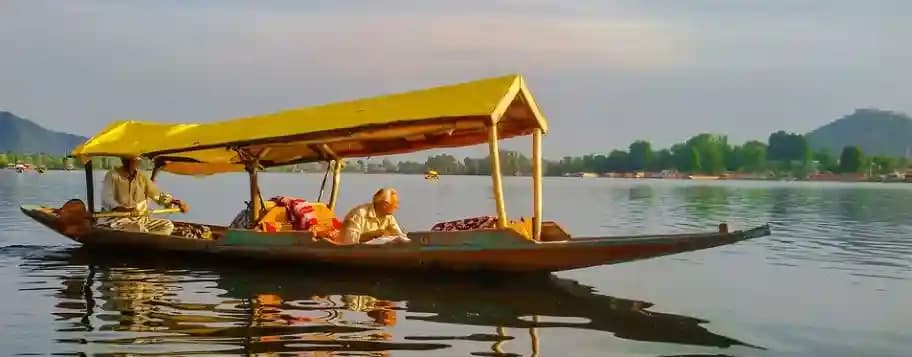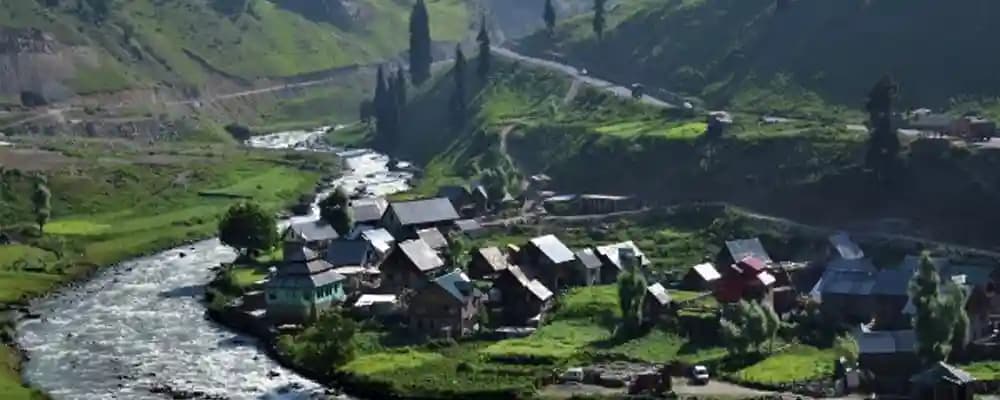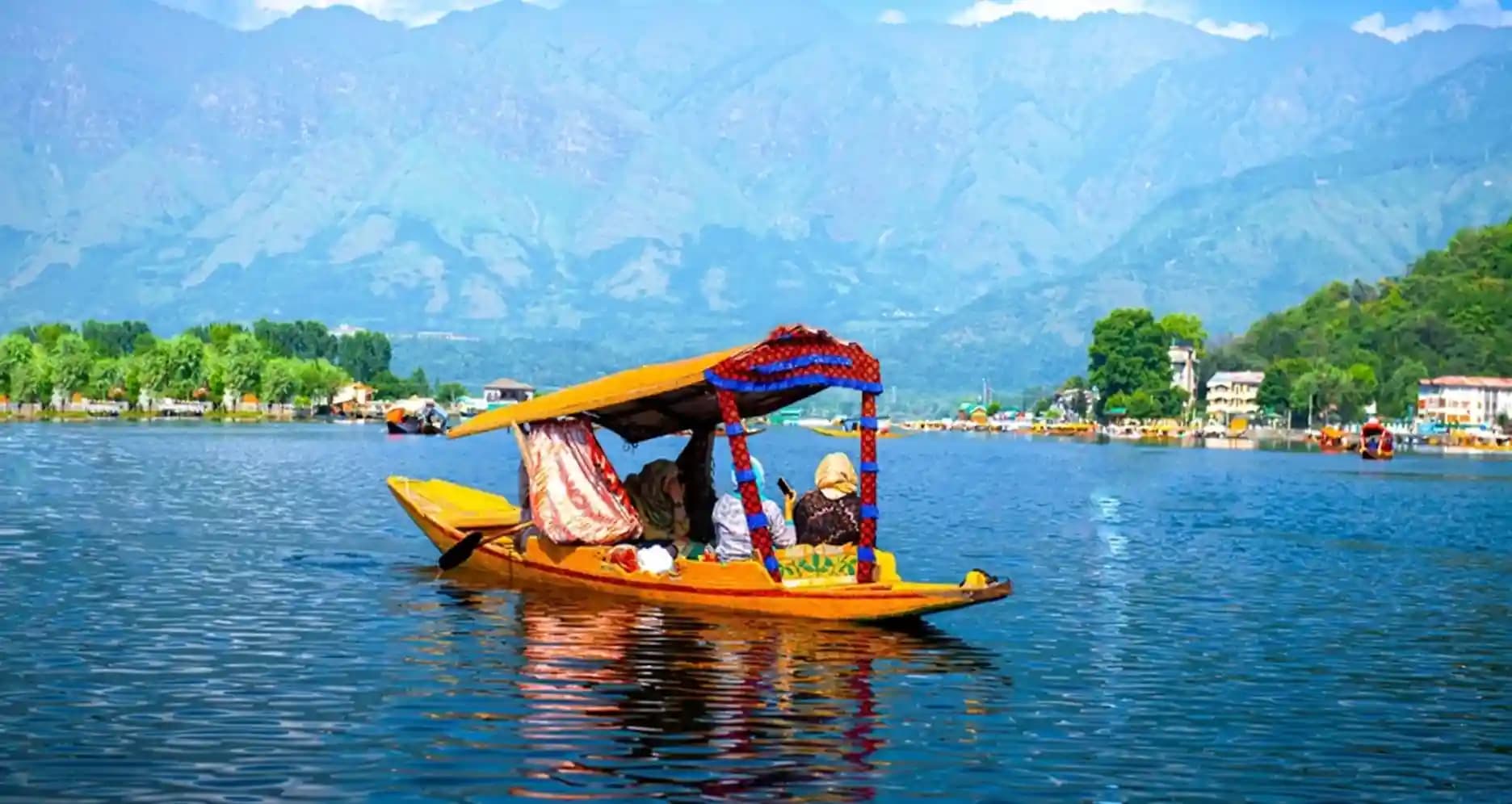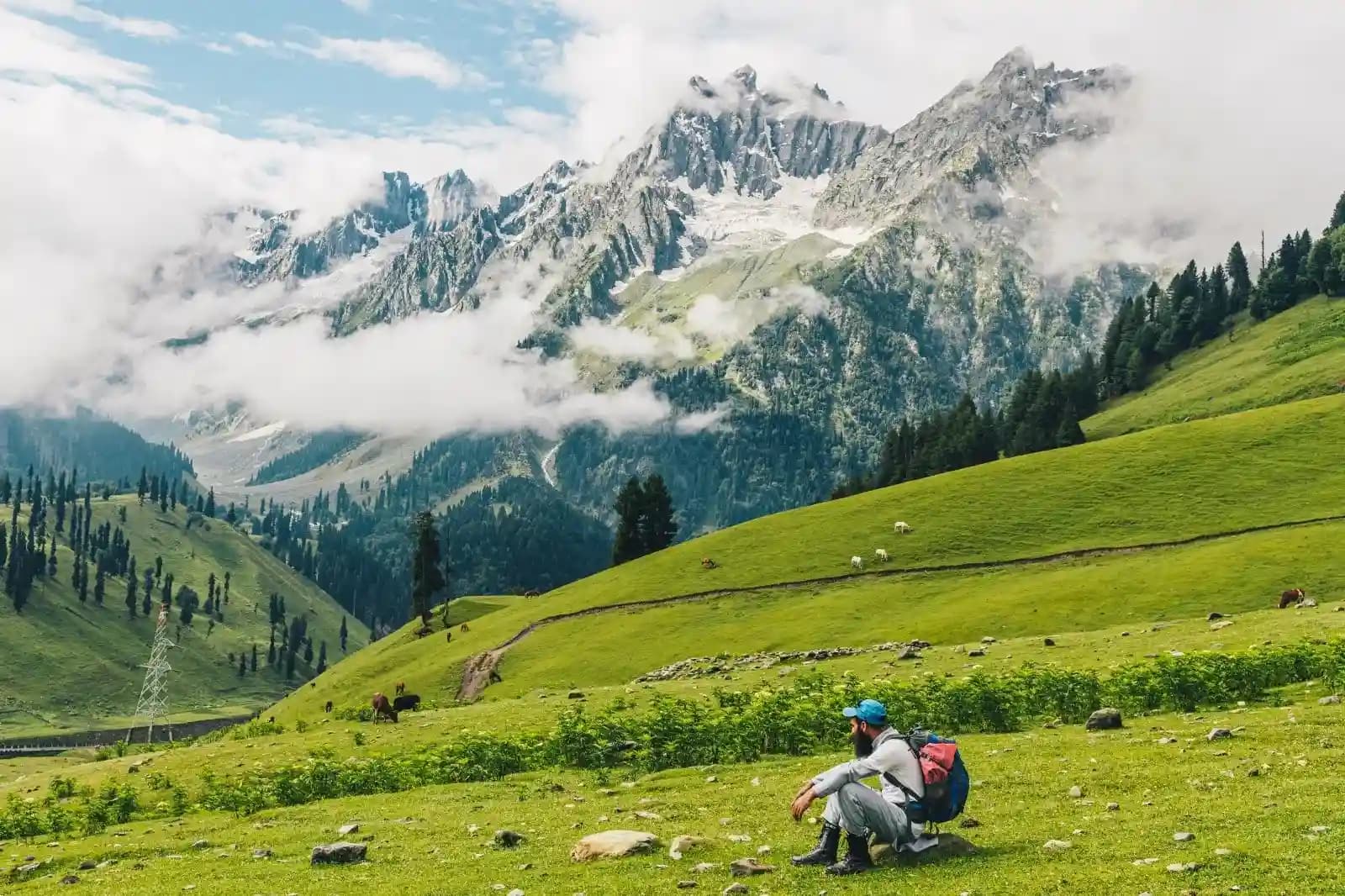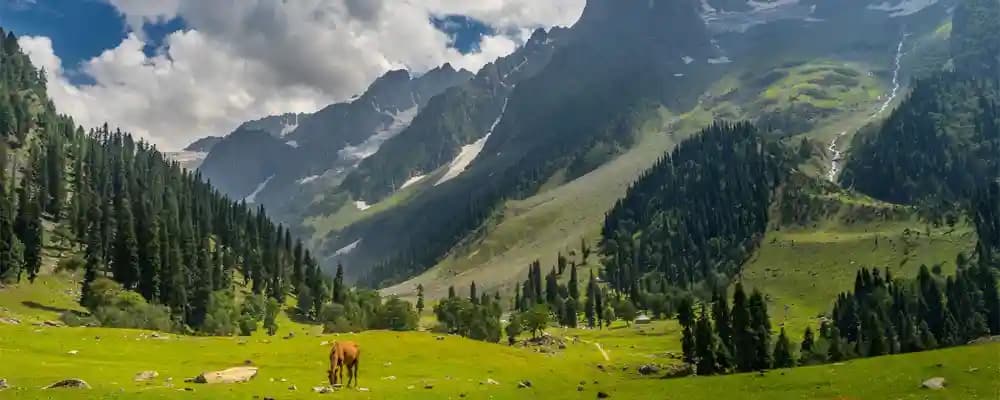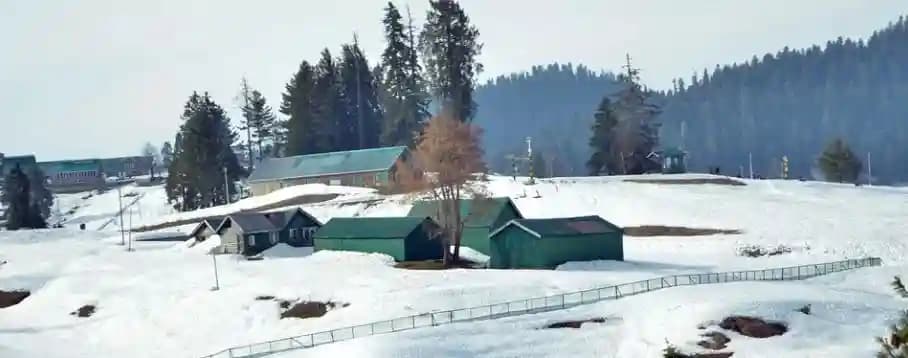The Kashmir Great Lakes Trek is a journey through some of the most breathtaking alpine landscapes, where every step unfolds a new view of towering peaks, lush meadows, and pristine lakes. The 72-kilometre high-altitude expedition navigates various terrain features that include mountainous paths and pine woodlands, beside rocky slopes, therefore delivering unique obstacles and treasures daily. Throughout this experience, you encounter tranquil lakes which mirror both the boundless sky and the cold mountain breezes, while the valleys transform into colours of sunlight. Wildflowers decorate July trails of the region, but September brings breathtaking autumn colours to the trek throughout the whole journey. For those looking to explore this Himalayan marvel, Kashmir Tour Packages provides an excellent way to plan an unforgettable adventure in the mountains.
Overview of the Kashmir Great Lakes Trek

The Kashmir Great Lakes Trek belongs to India's collection of remarkable high-altitude expeditions because it presents travellers with an outstanding natural experience. Throughout seven continuous days, the trek covers 72 kilometres of stunning landscape that combines lush green meadows with blue sapphire lakes which rise beside snow-covered summits. A new day mirrors expressive artwork that shows people the bright valleys of Nichnai before leading to Gangabal Lake's smooth reflective surface. This incredible adventure stands out because each physical struggle leads to scenic treasures which appear like stolen pieces of paradise.
Essential trek details:
- Duration: 7-8 days of pure mountain magic
- Distance: Approximately 72 km through varying terrain
- Max altitude: 4,200 meters at Gadsar Pass
- Best for: Adventurers with some trekking experience
- Unique feature: Seven pristine alpine lakes along the route
Suggested Read: Kashmir - Find the Adventure of a Lifetime Here
Best Time for Kashmir Great Lakes Trek

The timing you choose when travelling to the Kashmir Great Lakes Trek determines essential elements for your trip experience, and finding the best time to do the Kashmir Great Lakes trek is crucial since each month presents unique aspects to consider. Trekking in Kashmir should take place between early July and mid-September because the trails become accessible after winter snow, but summer temperatures remain pleasant. The month of July brings expansive valleys covered in splendid wildflowers accompanied by periodic rainfalls to refresh the flowing landscape.
The month of August provides the most consistent climate pattern, thus the period becomes optimal for photo opportunities while maintaining suitable nighttime temperatures. Autumn paints the mountains with golden colours during September, which brings about clearer skies together with diminished numbers of hikers on the trekking route. The route becomes progressively difficult as winter snowfalls appear during early October across the higher passes.
Monthly highlights to consider:
- Early July: Peak wildflower blooms in meadows
- Mid-July to August: Most reliable weather window
- September: Cooler temperatures, stunning autumn colours
- Avoid late September: Increasing snowfall risk
- Early October: Possible route closures due to snow
Suggested Read: You Can't Miss These Places in Kashmir
Day-Wise Itinerary of Kashmir Great Lakes Trek

Each day of the Kashmir Great Lakes Trek gets a detailed explanation that takes you through exceptional scenery featuring serene alpine lakes and unforgettable high-altitude experiences. Each passage on this trek uncovers fresh aspects of the raw beauty alongside spiritual charm in Kashmir.
Day 1: Acclimatization in Sonamarg
The gathering point for trekkers is Sonamarg at 2,800 metres which serves as the entrance to the Himalayan mountains. The Sindh River provides a pleasant walking route that serves as a transition to altitude elevation and reveals Thajiwas Glacier. Nighttime reveals exceptional alpenglow that lights up the mountains around the area.
Key details:
- Altitude: 2,800m
- Activity: 3-4 hr acclimatization walk
- Highlight: Sunset glacier views
Day 2: Sonamarg to Nichnai Valley
The true trek begins with a 12km ascent through pine forests to flower-filled Nichnai Valley (3,500m). Afternoon reveals breathtaking meadows where the first campsite awaits by the river.
Trek specifics:
- Distance: 12km (6-7 hrs)
- Terrain: Forest to open valley
- Feature: Wildflower carpets
Day 3: Nichnai to Vishansar Lake
A challenging climb to Nichnai Pass (4,100m) rewards with panoramic views before descending to Vishansar Lake. At this high-altitude campsite, the turquoise waters mirror the surrounding peaks.
Key points:
- Pass altitude: 4,100m
- Lake elevation: 3,700m
- Challenge: Steep ascent/descent
Day 4: Vishansar to Gadsar via Gadsar Pass
The trek's highest point at Gadsar Pass (4,200m) tests endurance before descending to the stunning "Lake of Flowers". Colorful blooms fringe the shores of Gadsar Lake.
Critical info:
- Max altitude: 4,200m
- Distance: 10km (7-8 hrs)
- Reward: Spectacular lake views
Day 5: Gadsar to Satsar Lakes
A relatively easier 11km trek leads to the twin Satsar Lakes through rolling meadows. The serene setting offers perfect relaxation after previous challenging days.
Day details:
- Terrain: Gradual meadows
- Feature: Twin alpine lakes
- Walking: 5-6 hours
Day 6: Satsar to Gangabal Lakes
The final stretch reveals the majestic Gangabal and Nundkol Lakes beneath Mount Harmukh. These sacred waters provide a spiritual finale to the trek.
Highlights:
- Sacred lake significance
- Mountain reflections
- 8km (5-6 hrs) walk
Day 7: Gangabal to Naranag & Exit
A 10km descent through forests concludes at Naranag village. After farewells to the mountains, a drive returns trekkers to Srinagar.
Final day:
- Distance: 10km descent
- Transport: 3hr drive to Srinagar
- Emotion: Bittersweet completion
Suggested Read: The Ultimate Guide To Unforgettable Things To Do In Kashmir
Useful Tips to Prepare for the Trek

Preparing just a few basics before starting the Kashmir Great Lakes Trek proves effective for success. General preparation advice assists you in achieving confidence alongside feeling comfortable throughout your upcoming journey.
- Start your fitness training period at least six to eight weeks before the scheduled trek begins.
- The packing list should include basics starting with light items followed by rain protection products while trekking shoes must be of high quality.
- Before starting your trek you should wear your hiking shoes to minimise foot blister risk.
- A reusable water bottle must accompany you during the entire trek to keep you hydrated.
- You should keep essential first-aid supplies together with your personal medications easily accessible.
- Travel with packed dry fruits along with energy bars and chocolates as high-energy food.
- Initiate proper acclimatisation through gradual activity during the first two days of the trek.
- Your energy levels require a balanced diet both before starting the trek and during the entire time, you spend on the adventure.
- View the predicted weather patterns to create suitable plans for your trek.
- Preserve nature by taking away your trash and refraining from tampering with wildlife and vegetation.
Suggested Read: Kashmir Backpacking Trip
What to Pack for the Kashmir Great Lakes Trek?
Smart packing stands as the essential element for trekking comfort, together with being adequately prepared. Bring the essential items only since excess weight is avoidable.
- 3-4 moisture-wicking t-shirts and 2 quick-dry trek pants
- Two complementary items for layering will protect you from cold temperatures: a fleece jacket and a down vest.
- In unpredictable weather conditions, one should use a waterproof jacket and pants as protection.
- Trekking boots that have reached the perfect wearing state together with ankle support
- Lightweight camp shoes or sandals for evenings
- Utilise a sleeping bag which stands against temperatures of at least -5°C as well as a thermal liner.
- A headlamp with spare batteries for safe night activities.
- Two water bottles or a hydration bladder
- Small first-aid kit with personal medications
- The necessary toiletries include wet wipes as well as toilet paper and lip balm with SPF protection.
Completing the Kashmir Great Lakes Trek is more than just reaching the final campsite; it is an experience that stays long after the journey ends. Different landscapes transform continuously from alpine meadows to shining lakes because these transient panoramas make enduring memories with each mountain view or each inhale of crisp air. The physical difficulties evaporate into thin air while nature’s vast beauty remains behind along with the survival abilities gained during the journey. When the trek enters human settlements you will hear mountain peaks in the distance and witness the peaceful waters that will forever remind you of the Himalayan wilderness.
Frequently Asked Questions
1. How difficult is the Kashmir Great Lakes Trek?
The Kashmir Great Lakes Trek presents a moderate to challenging experience. Steep ascents and high altitudes test endurance. Long days on rugged terrain require steady footing and resilience, but the stunning vistas make every effort worthwhile.
2. How long is the Kashmir Great Lakes Trek?
Spanning 70-75 kilometres, the Kashmir Great Lakes Trek typically unfolds over six to eight days. The journey begins in Sonamarg and winds through passes and lakes, ending in Naranag, offering a fulfilling adventure in a compact timeframe.
3. What is the fitness level required for the Kashmir Great Lakes Trek?
A good fitness level is essential, with stamina for 6-8 hour walks and strength for climbs up to 4,200 metres. Regular cardio and leg exercises prepare the body for the trail’s demands, ensuring a smoother experience.
4. Which month is best to visit Kashmir?
Late June to early September shines as the prime window for Kashmir when meadows bloom and lakes gleam under clear skies. This period aligns perfectly with the best conditions for the trek.
